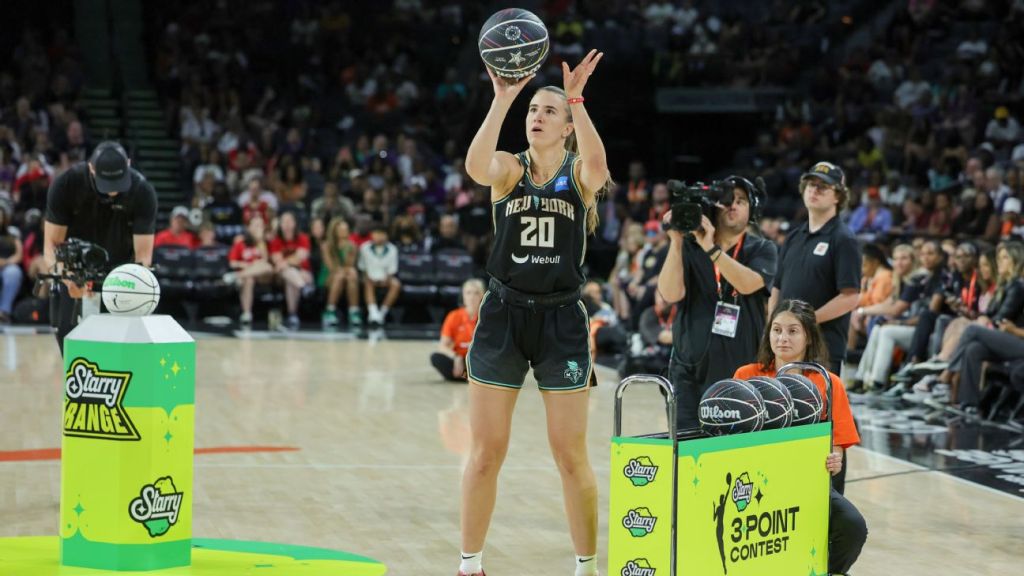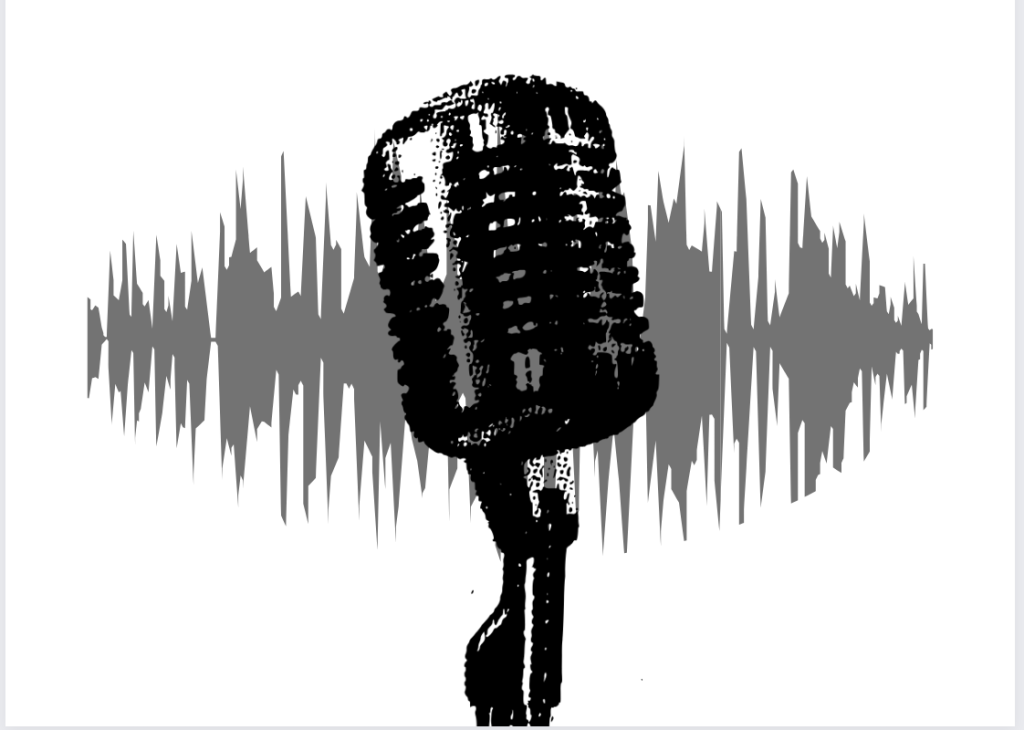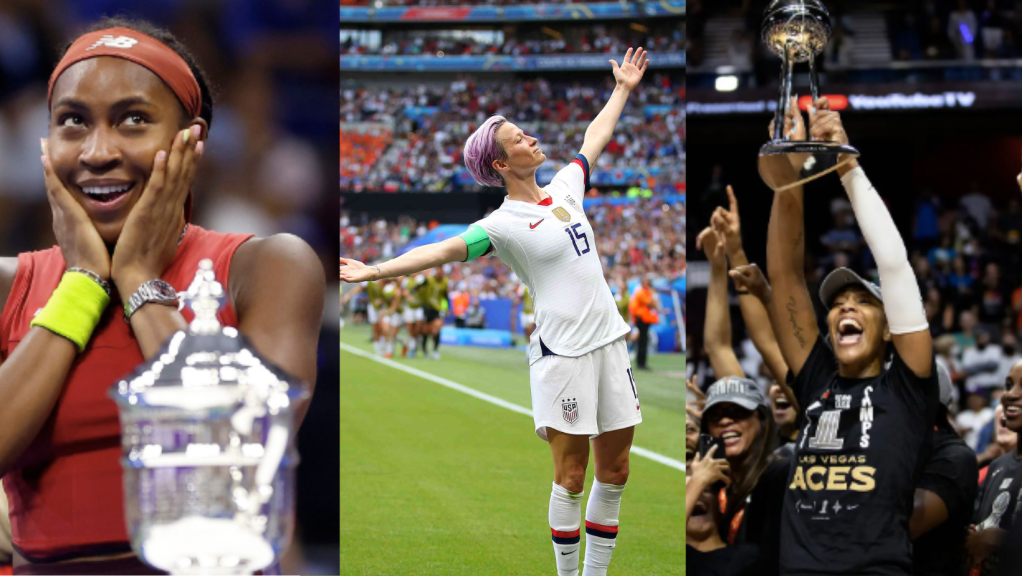Paige Bueckers. Angel Reese. Cameron Brink. Caitlin Clark. Kamila Cardoso. The top prospects from espnW’s Class of 2020 turned out to be one for the books. And by books, yes we’re talking history books. These women have brought unprecedented attention to the game—that was long overdue—and gave us a tournament that had people not just talking, but watching in record-breaking numbers. But it didn’t stop there.
TikToks and posts on X (formerly Twitter) couldn’t help but point out that when fans were having water cooler conversations about “last night’s game” the majority of the time, it was in reference to the previous night’s women’s matchup. To top it off, if you asked people to name five players in college basketball today, not only would they likely name five women, but they could probably even name a few more.
The awareness was warranted not just because these women are insanely talented, but because the entertainment value they brought was transcending the sport. Now, even non-fans know who Caitlin Clark is. Even casual fans chimed in on the discourse around LSU—and specifically Angel Reese—being dubbed the villains. Women’s basketball didn’t just permeate the culture, it became culture.
And it’s not over yet. Clark, Reese, Brink and Cardoso have all declared for the 2024 WNBA draft. Bueckers, and JuJu Watkins—a freshman at USC—will be running it back next year when the madness begins again. You see a lot of conversation around this being “the beginning” but the truth is women’s Basketball has always been worth watching. You had college legends like Maya Moore, Diana Taurasi, Briana Stewart, Dawn Staley, and A’ja Wilson all putting up numbers and winning championships in their own right. You just didn’t have the coverage. You didn’t have networks and advertisers showing up in support of their game. But now they are.
For every post you see about this group of women, you also see people respectfully reminding them of the other legends that came before them. The discourse around this class of players is educating others on the history of the game. And that’s an incredible, and important, thing.
The hope, then, is obviously that the momentum doesn’t stop. That people—and brands—follow this class into the WNBA, and in turn feed more money, visibility and opportunity into the league. The hope is that people stay just as hungry for women’s basketball when March Madness comes back around next year. The hope is that this spotlight on women’s basketball, casts a light onto all the other incredible female athletes out there, so that women’s sports in general continues to shine bright.







Leave a comment